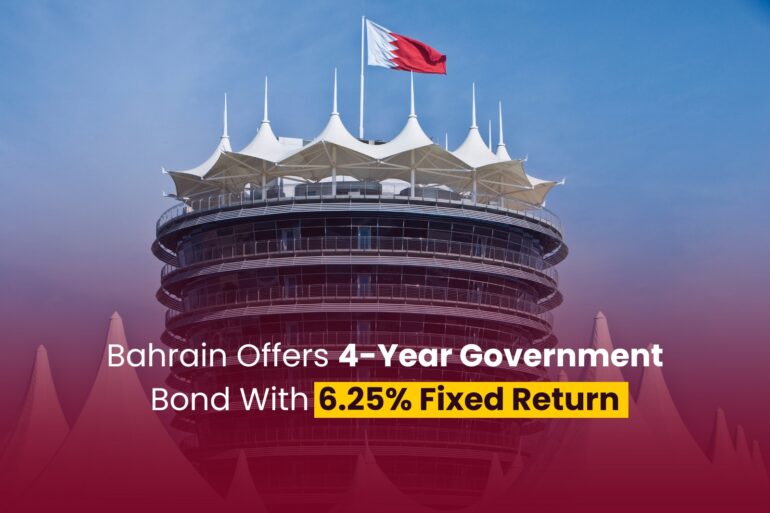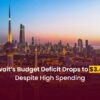Starting Wednesday, investors in Bahrain and abroad can subscribe to a new 4-year government bond valued at BHD 250 million ($663 million). The Central Bank of Bahrain, through the Bahrain Bourse (BHB), is offering this fixed-income investment at a 6.25% annual return, paid semiannually.
Bond Details:
- Subscription Dates: July 2–3
- Price Per Bond: BHD 1 ($2.6)
- Minimum Investment: 500 bonds
- Interest Payment Dates: Every January 9 and July 9, starting January 2026
- Maturity: July 2029
- Trading: Listed on secondary market July 24
This initiative is part of Bahrain’s ongoing efforts to offer attractive returns to both domestic and international investors while managing its fiscal challenges.
Islamic Finance: A Growing Market
Bahrain’s Islamic finance sector is projected to exceed $100 billion within 3–5 years, according to Fitch Ratings. As of early 2025, the market stands at $80 billion, with:
- 78% in Islamic banks
- 19.2% in sukuk (Islamic bonds)
- 2.8% in takaful and other Islamic investments
Sukuk are now 32.5% of Bahrain’s debt market, up from 31.7% last year. In 2024 alone, sukuk issuances surged 36.2%, with 90% issued by the government, mostly in US dollars.
Economic Outlook: Rising Risks
Despite positive momentum in Islamic finance, Bahrain faces serious fiscal challenges:
- S&P Global Ratings shifted Bahrain’s credit outlook to negative in April 2025
- Debt-to-GDP is forecast to rise from 130% (2024) to 144% by 2028
- Nearly 29% of government revenue is used for debt repayment, one of the highest globally
- Budget deficit expected to widen to 7% of GDP in 2025
Oil remains a critical yet unstable pillar: it contributes 16–18% to GDP, but makes up 60% of revenue and 50% of exports. As oil prices drop, pressure mounts on Bahrain to diversify and reduce borrowing costs.
Bottom Line
While the 6.25% bond presents an attractive return, investors should weigh it against Bahrain’s worsening debt metrics and credit downgrade risks. However, the nation’s expanding Islamic finance sector and strong sukuk demand may help stabilize its fiscal outlook in the medium term.

